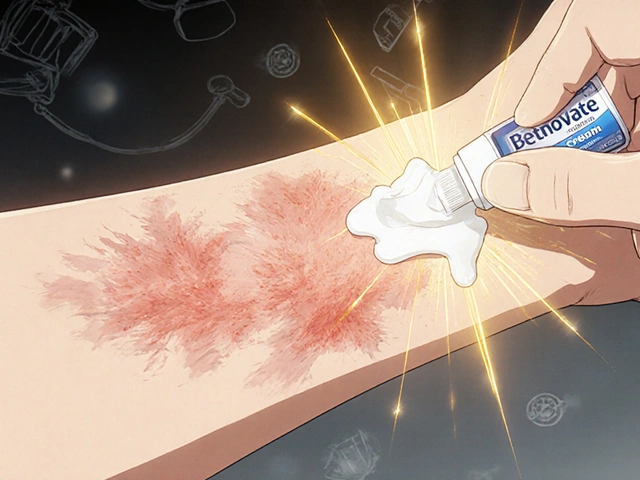Sweet Clover Benefits, Risks & Safe Use Guide
Ever wondered why farmers and herbal enthusiasts keep talking about sweet clover? It’s a plant that looks harmless but packs a punch—good and bad. In this guide you’ll find out what sweet clover does, when it can help you, and what to avoid so you stay safe.
What Is Sweet Clover?
Sweet clover (Melilotus officinalis) is a tall, yellow‑flowered legume that grows in fields and along roadsides. The plant stores a natural compound called coumarin. When the plant is fresh, coumarin is harmless, but if the hay or dried clover ferments, the coumarin turns into dicoumarol, a strong blood‑thinner.
Because it fixes nitrogen, sweet clover improves soil health, making it a popular choice for rotating crops. Livestock owners also feed it to cows and horses for extra protein and a boost in digestion. Some people use the dried herb in teas or as a natural supplement for its mild anti‑inflammatory properties.
How to Use Sweet Clover Safely
Here’s the practical side: if you’re feeding sweet clover to animals, make sure it’s fresh or properly stored. Avoid any clover that looks moldy, smells sour, or has been sitting wet for weeks. Those signs often mean dicoumarol has formed, which can cause dangerous bleeding in animals and even in people who ingest it.
For home herb users, stick to reputable vendors who sell dried, heat‑treated sweet clover. Heat treatment breaks down most of the harmful dicoumarol while keeping the beneficial compounds. Start with a small cup of tea (about 1‑2 g of dried herb) and see how you feel. If you notice bruising easily or have a bleeding disorder, skip it.
Pregnant or nursing women should avoid sweet clover altogether because the blood‑thinning effect could affect the baby. Likewise, if you’re on prescription anticoagulants like warfarin, talk to your doctor before adding sweet clover to your routine.
When using sweet clover as a livestock supplement, follow these quick steps:
- Buy from a trusted supplier who guarantees low dicoumarol levels.
- Store the hay in a dry, well‑ventilated area.
- Mix no more than 10 % sweet clover with regular hay to keep the blood‑thinner effect low.
- Watch your animals for signs of excessive bleeding—nosebleeds, bruises, or unusually slow wound healing.
By keeping these checks in place, you get the soil‑building and protein benefits without the risky side effects.
Bottom line: sweet clover can be a useful plant for farmers and a gentle herbal aid for some people, but only when it’s fresh, properly stored, or heat‑treated. Respect the plant’s power, follow the safety tips, and you’ll enjoy its benefits without the hidden danger.






